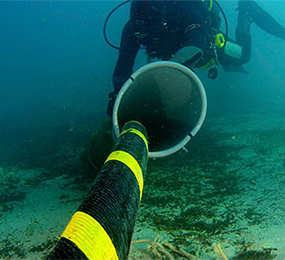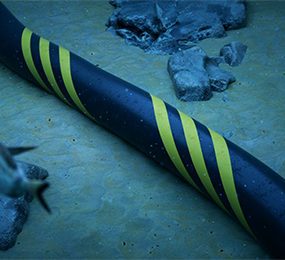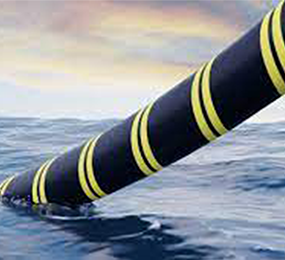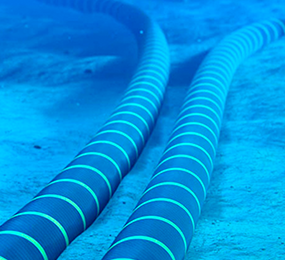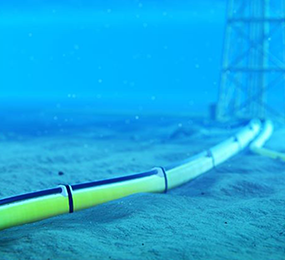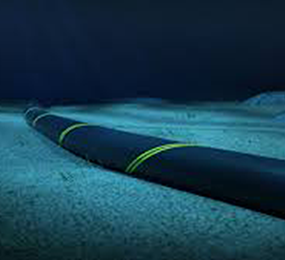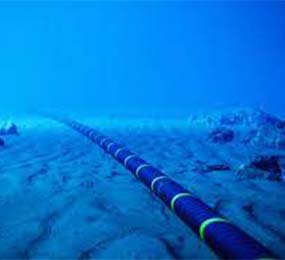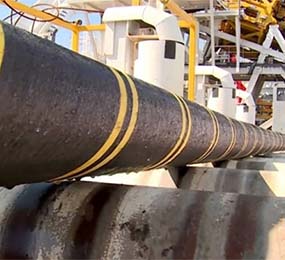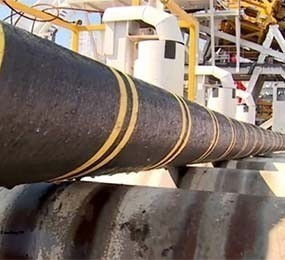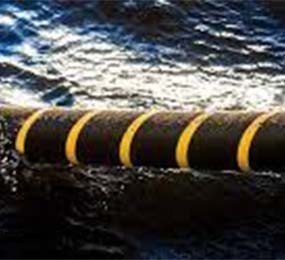Assessing the Environmental Impact of Submarine Cable Projects.
Submarine cable projects are essential for global communication, providing the backbone for internet connectivity, international phone calls, and data transfer. However, these projects have faced criticism for their environmental impact, particularly when it comes to marine life and ecosystems. As a result, there is a growing need to assess the environmental impact of submarine cable projects to minimize any potential harm to the environment.
Assessing the environmental impact of submarine cable projects involves various stages, including planning, installation, operation, and decommissioning. During the planning stage, environmental impact assessments (EIAs) are conducted to identify any potential environmental risks associated with the project. EIAs typically involve surveys of the seabed, marine life, and ecosystems, as well as consultation with relevant stakeholders, such as environmental organizations and local communities.
The installation phase of a submarine cable project is where most of the potential environmental impact occurs. The installation process typically involves laying the cable on the seabed, which can have adverse effects on marine life and ecosystems. The installation process can also cause damage to fishing grounds and other marine habitats. To minimize these impacts, various measures are taken, such as selecting installation routes that avoid sensitive areas and using cable burial techniques to reduce the disturbance of the seabed.
Once the submarine cable is operational, ongoing monitoring and maintenance are necessary to ensure the cable is functioning correctly and to identify any potential issues that could cause harm to the environment. Monitoring and maintenance activities typically involve regular inspections of the cable and its associated infrastructure, such as submarine repeaters and land-based terminals.
Finally, when the submarine cable is no longer in use, it must be decommissioned properly to minimize any environmental impacts. Decommissioning involves the removal of the cable from the seabed and the disposal of any associated equipment. Careful planning and execution of decommissioning activities are necessary to prevent damage to marine habitats and ecosystems.
Despite the potential environmental risks associated with submarine cable projects, these projects also have significant benefits, such as providing essential global connectivity and supporting economic growth. Therefore, it is important to balance the environmental impact of submarine cable projects with the benefits they provide.
To achieve this balance, there is a growing need for industry-wide collaboration and regulation. Regulatory frameworks can help to ensure that submarine cable projects adhere to environmental standards and minimize their impact on marine ecosystems. Collaboration between submarine cable operators, environmental organizations, and local communities can help to identify sensitive areas and develop mitigation strategies to minimize environmental harm.
In conclusion, assessing the environmental impact of submarine cable projects is essential to minimize any potential harm to the environment. Careful planning, installation, monitoring, and decommissioning are necessary to ensure that submarine cable projects operate sustainably. Collaboration and regulation are also essential to balance the environmental impact of submarine cable projects with the benefits they provide. By working together, the submarine cable industry can continue to provide essential global connectivity while minimizing its impact on the environment.
Visit our website to know more: https://www.leadventgrp.com/events/2nd-annual-submarine-power-cable-and-interconnection-forum/details
For more information and group participation, contact us: [email protected]
Leadvent Group - Industry Leading Events for Business Leaders!
www.leadventgrp.com| [email protected]


